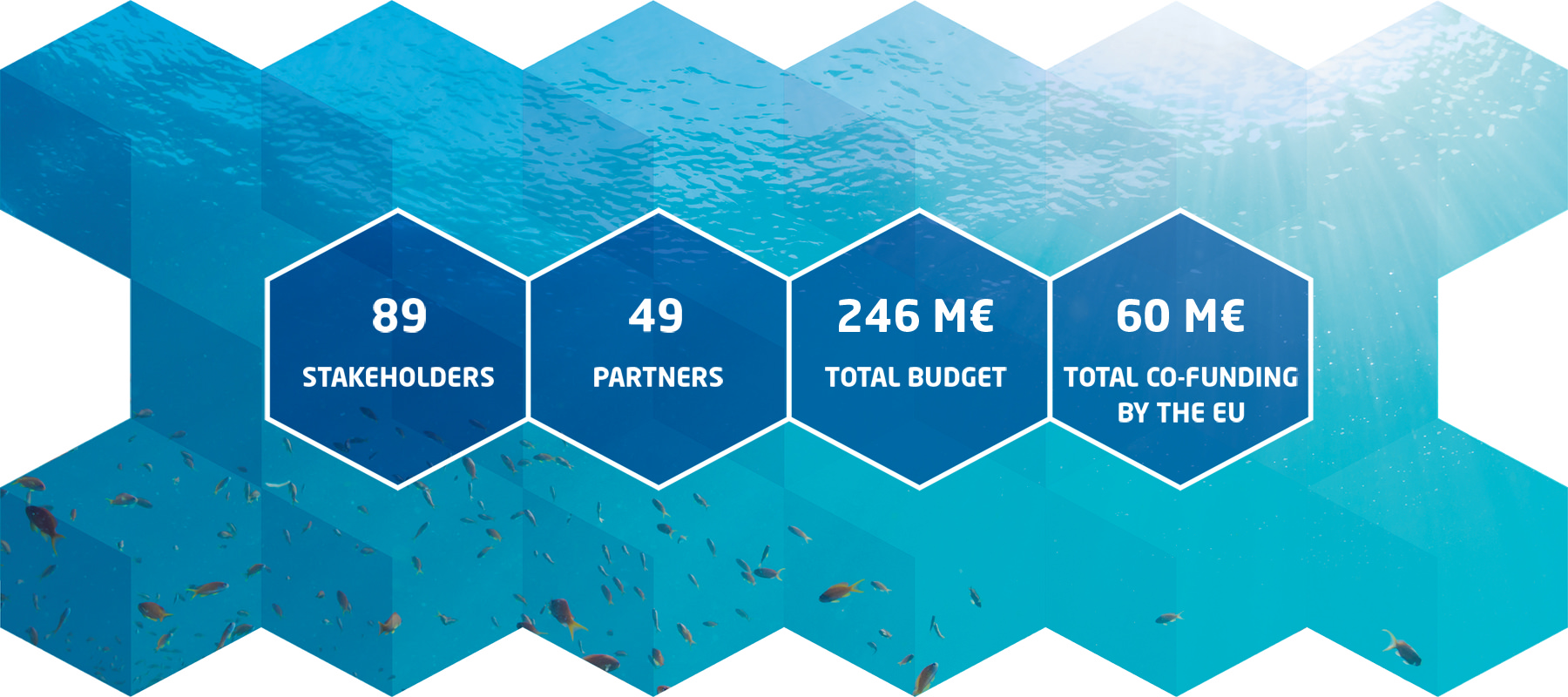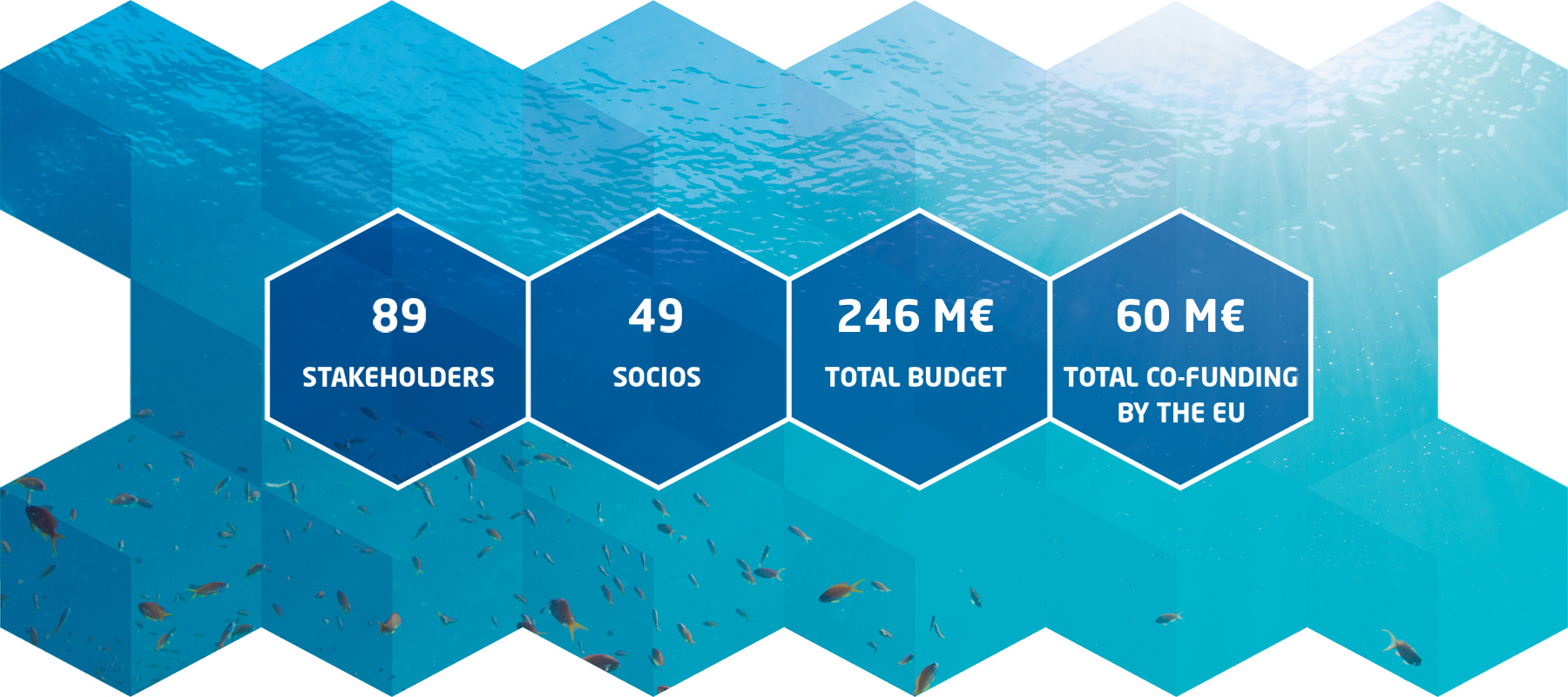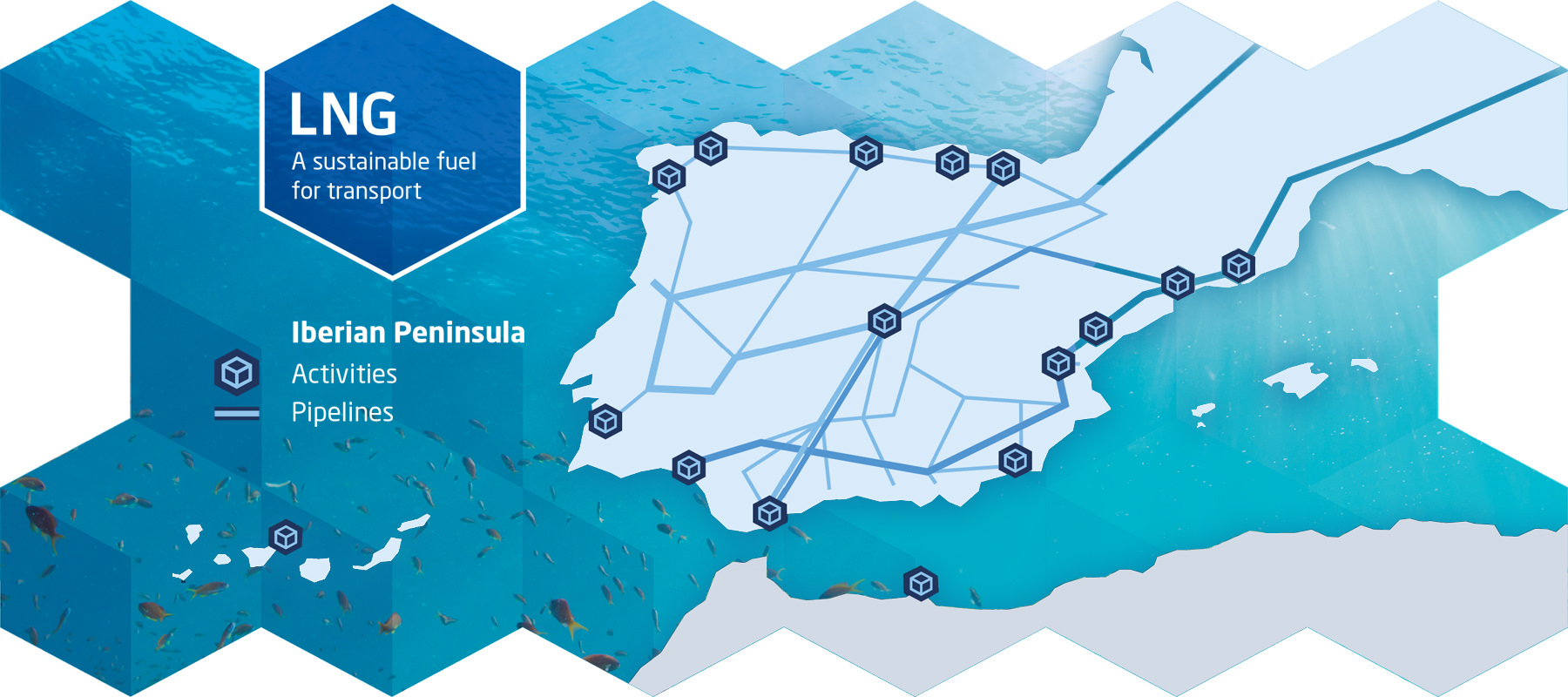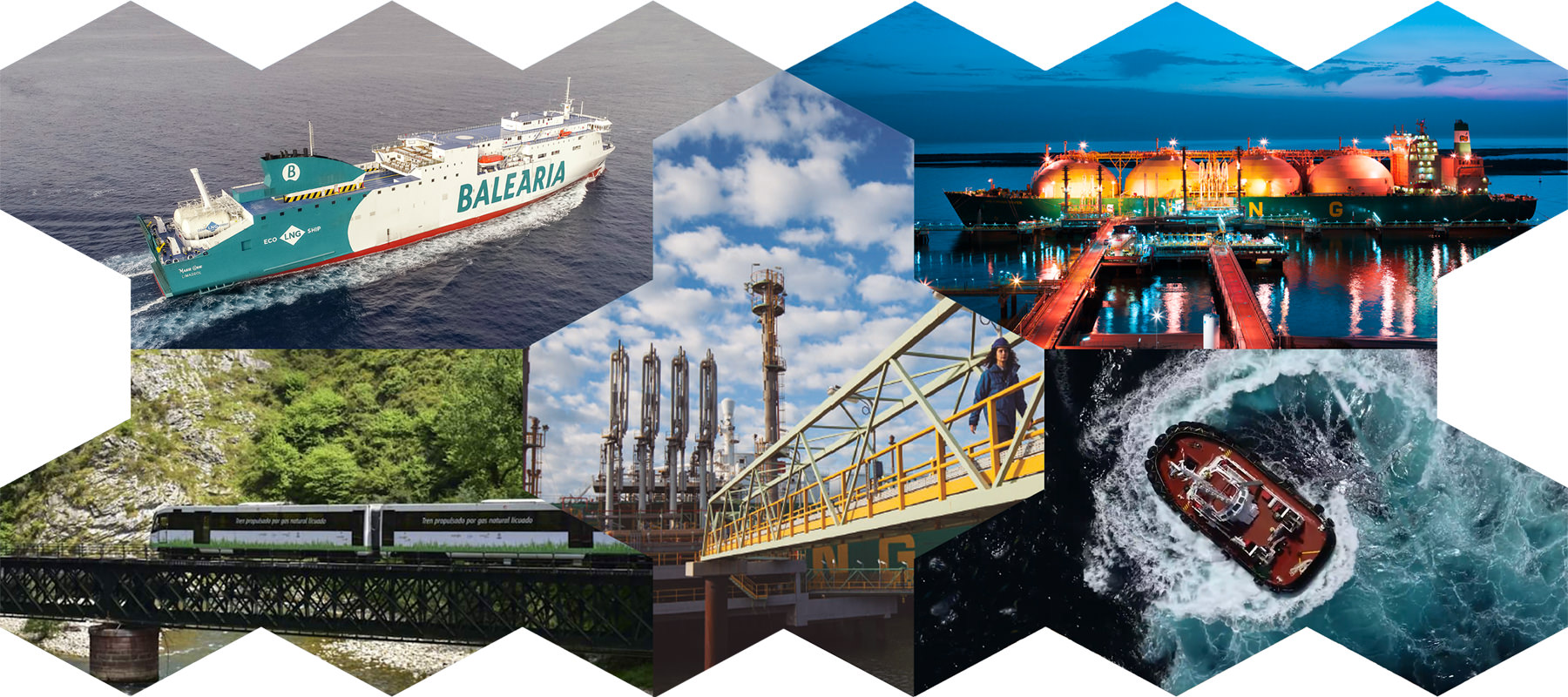LNG: FOR A MORE SOSTENAIBLE TRASNPORT
LNG is currently the best alternative for boosting the decarbonisation of the maritime transport. January 2020, the International Maritime Organisation (IMO) set the limit for sulphur content in fuel at 0.5% which fits with LNG as it has 0 sulphur oxides. Furthermore, the European Union supports with CEF funds the role of LNG in addressing the energy transition of the maritime sector in the Atlantic and Mediterranean corridors.


‘LNGhive2’ is the continuation of the institutional strategy ‘CORE LNGas hive’ that supports the deployment of LNG bunkering developments in ports and the associated market, it is promoted in Spain by the Ministry of Transport, Mobility and Urban Agenda through Puertos del Estado and with public-private participation.


During 2020, bunkering operations in Spain have almost quadrupled compared to 2019 (199 operations in 2019 vs 741 operations in 2020). According to certificator DNV/GL, there are 170 LNG-powered vessels operating in the world, 222 on order and 126 that are called “LNG ready”. At the beginning of 2021 there are 15 LNG bunkering barges in the world, six of which are operating in Spain.
Spain’s seven LNG Terminals are already adapted to supply LNG in transport, as are some ports, and several developments available such as barges and tugboats, port cranes and trains.


These have been made possible thanks to the developments and committed investment made by the partners of the public-private initiatives ‘CORE LNGas hive’ and ‘LNGhive2’, involving 49 partners, 21 public including 13 port authorities and 28 private or industrial partners.


The European Union supports the key role of LNG in addressing the energy transition of the maritime sector. With the CEF funds, which have already co-financed through LNGhive2 six projects in Spain, the climate targets set by the European Green Deal can be achieved, giving priority to short sea shipping projects based on alternative fuels, as well as the installation of shore-side energy supply systems for ports to reduce emissions from ships at berth. It also stresses its importance for the Mediterranean and Atlantic Corridors, for economic growth and for the priorities of the European Transport Network (TEN-T).
More information:
CORE LNGas hive
Sustainable mobility is already possible with natural gas
Gasnam
SEALNG
NGVA
Thinkstep Report





